ASUS Transformer Book Lineup Bolstered With T100HA and TP200SA Models
by Brett Howse on September 22, 2015 9:00 AM EST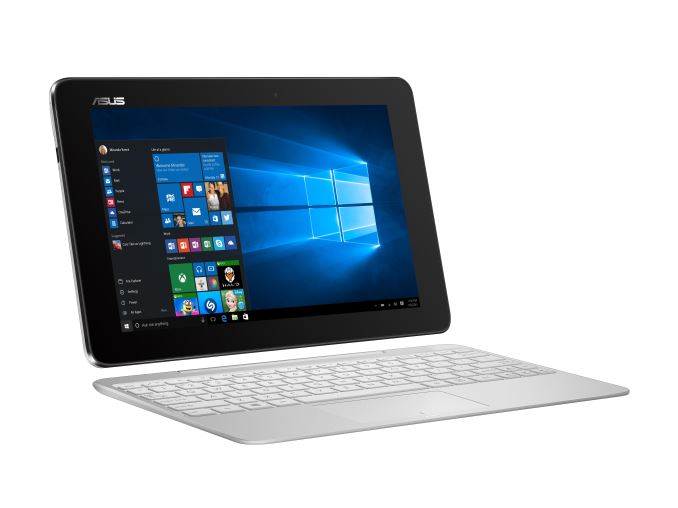
ASUS has been quite successful at trying to carve out a place in the tech sector by packing more into their lineup than the competitors. We saw that clearly with the ASUS Zenbook UX305 Notebook, which offers much more storage and RAM than pretty much any other notebook in its price range, and doesn’t skimp on the form factor either. In the smartphone space, they also offer an impressive 4 GB of memory and 64 GB of storage in the ASUS ZenFone 2, and at a price that is pretty impressive. Back in 2013, Anand took a look at the ASUS Transformer Book lineup with the original T100. It was not perfect, but it certainly set a new bar for what to expect for what used to be netbook level pricing.
Today ASUS is at it again. The T100HA is the next generation of the original Transformer Book, and this time comes with Intel’s Atom x5, with the detachable keyboard that defines the T100 series. The TP200SA is a convertible notebook with a 360° hinge allowing it to be used as a tablet as well.
| ASUS Transformer Book | ||
| T100HA | TP200SA | |
| Processor | Intel Atom x5-Z8500 1.44-2.24 GHz quad-core 14nm 2W SDP |
Intel Celeron N3050 1.6-2.16 GHz dual-core 14nm 4W SDP 6W TDP |
| Memory | 4GB | |
| GPU | Intel HD Graphics Gen 8 | |
| Display | 10.1" 1280x800 IPS with touch | 11.6" 1366x768 IPS with touch |
| Storage | 64 GB eMMC | |
| I/O | 1 x micro USB 1 x micro HDMI 1 x micro SD 1 x Type-C USB 3.0 Keyboard Dock 1 x USB 2.0 |
1 x micro HDMI 1 x micro SD 1 x Type-C USB 3.0 1 x USB 2.0 1 x USB 3.0 |
| Dimensions | (mm) : 265 x 175 x 8.38 plus 7.11-9.91 for dock (inches) : 10.43" x 6.89" x 0.33" plus 0.28-0.39 for dock |
(mm) : 297 x 201 x 18.54 (inches) : 11.68" x 7.93" x 0.73" |
| Weight | Tablet: 580 g / 1.28 lbs Dock: 471 g / 1.04 lbs |
1.20 kg / 2.65 lbs |
| Battery | Up to 12 hours | Up to 8 hours |
| Price | $299 | $349 |
The T100HA moves to Intel’s Cherry Trail Atom lineup which is the new 14 nm version of Atom. We first saw the x7 version of this in the Microsoft Surface 3, and ASUS is going with the quad-core x5-Z8500 model. The four cores have a base frequency of 1.44 GHz and a burst frequency of 2.24 GHz. The Scenario Design Power of this SoC is slightly lower than its x7 brother at just two watts. Graphics are Intel’s Gen 8 graphics with 12 execution units, and a frequency range of 200 to 600 MHz. This should be a pretty nice bump in performance over the outgoing Bay Trail model, and the 14 nm Atom should also increase battery life. ASUS claims that T100 can now get up to 12 hours on a single charge.
The tablet features an IPS display, and here it drops a bit of resolution over the old model but it also moves from a 16:9 to 16:10 aspect ratio, with the new model featuring a 1280x800 resolution. ASUS has also redesigned the keyboard dock, and the tablet now locks in with the help of neodymium magnets.
But I think where ASUS shows its strengths is the available storage and RAM, with the new model offering 4 GB of RAM and 64 GB of eMMC storage as the only option. For the price of $299, the 10.1-inch tablet offers quite a bit of versatility and performance, and as is always the case with the Transformer Book lineup, the price also includes the detachable keyboard. Impressive stuff. The 1.28 lb tablet also features micro USB, micro HDMI, micro SD, and a USB Type-C port, albeit with just USB 3.0 speeds available, along with another USB 2.0 port on the keyboard dock.
For those that would prefer a more traditional notebook, ASUS offers the Transformer Book Flip T200SA. At 11.6 inches, it’s certainly a small notebook, but it also packs a lot in for a low cost notebook. The display is an IPS panel as well, which needs to be called out only because notebooks in this price range generally still ship with TN panels. The TP200SA features Intel’s Braswell SoC, with the Celeron N3050. This is also based on the same Airmont cores as Cherry Trail, but in this case it is just two cores, from 1.6 to 2.16 GHz, but with a TDP up to 6 watts which should let the two cores stretch their legs. The graphics is also Intel Gen 8 with 12 EUs and 320-600 MHz available. Once again, ASUS is outfitting this model with 4 GB of RAM and 64 GB of storage, which is a nice baseline offering to have. The 2.65 lb notebook also features micro HDMI, Micro SD, USB Type-C 3.0, and two full sized USB ports with one at 2.0 speeds and another at 3.0 speeds. The notebook will come in a dark blue color scheme and will be sold for $349.
We’ve seen some pretty impressive low cost offerings in the last while, but ASUS has stepped up their game and are outfitting these models with enough storage and RAM to not make them feel overly strained. 32 GB on Windows 10 is doable, but space management becomes an issue fairly quickly despite the changes to how the OS uses that space. Even low cost tablets generally come with IPS panels, including the outgoing T100 model, but the TP200SA being outfitted with IPS at this price is very nice to see.
ASUS will begin selling both models later in the month.
Source: ASUS


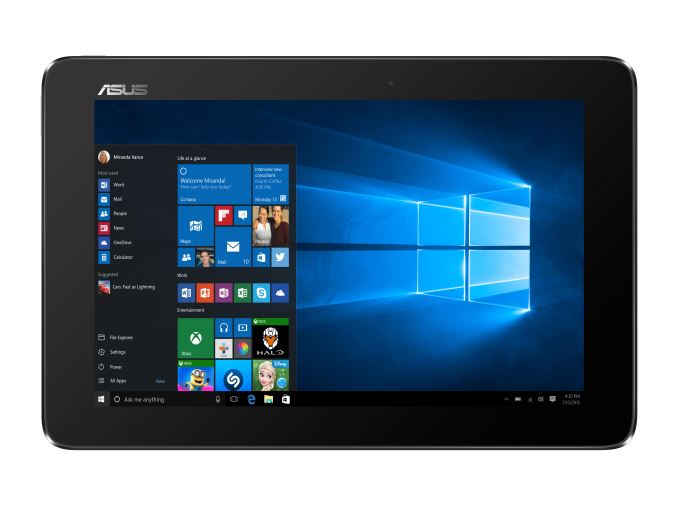
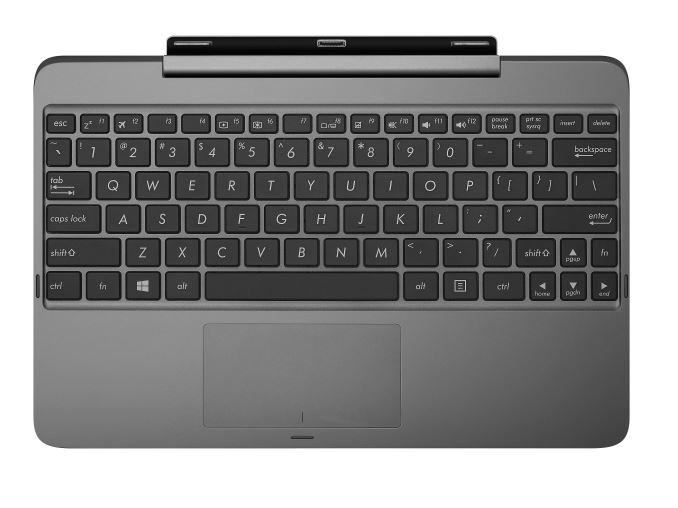
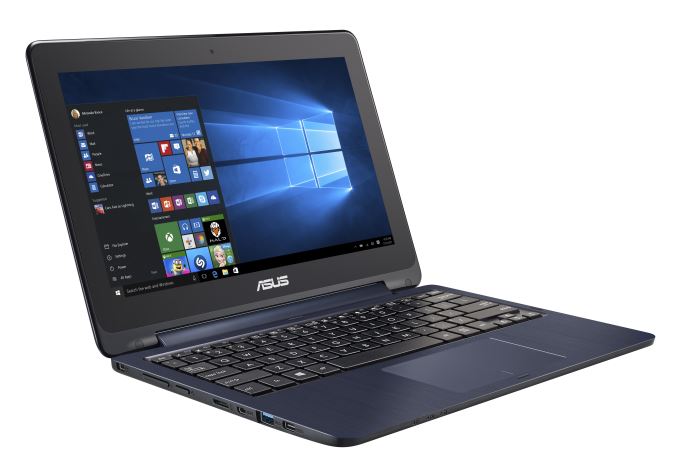
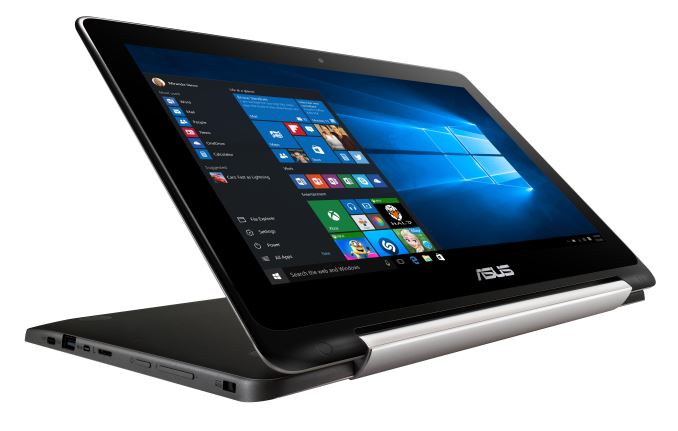








31 Comments
View All Comments
yankeeDDL - Tuesday, September 22, 2015 - link
I have an AMD E350 (Llano). Understandably, there's no comparison between current CPUs and a 6 years-old CPU in terms of efficiency, but it would really be useful for who is thinking of upgrading, to have a reference with "old" CPUs, to see where do the new ones stand.The E350 is not fast, by any means, but is it a 4W modern CPU better performing than an old 18W one. Possibly (also because of other improvements), still, I would be curious to know ...
yankeeDDL - Tuesday, September 22, 2015 - link
I meant Brazos ...Thrawn - Tuesday, September 22, 2015 - link
I have no benchmarks to support this but my anecdotal experience is that my first generation T100 with eMMC and my e450 based HTPC with a low end SATA SSD are extremely similar in performance. It really surprised me because of the wattage drop over the years but that fits with Intel's manufacturing advantage.MrSpadge - Tuesday, September 22, 2015 - link
The performance is roughly on par. Silvermont / Airmont gain a significant advantage if they get all 4 cores and turbo up to 2.4 or 2.6 GHz, like on the older 10 W Silvermont models. But Airmont seems to top out at 2.2 GHz in favor of lower power.That x5-Z8500 has just 2 W to work with (less than high end phones!) and won't be faster than your E350. Just consuming far less power.
yankeeDDL - Wednesday, September 23, 2015 - link
Mmmm. I have an HP DM1Z with the E350. Not the speediest of the bunch, but it got the job done. My issue is that some HD videos don't play smoothly.It would be nice to do a noticeable jump in performance. Energy efficiency is nice, but I prefer another 18W part with 2X performance, and it is impossible to find at a decent price, in a 11.6" form factor.
doggface - Wednesday, September 23, 2015 - link
Probably because an 18w part would melt a hole in it/firebomb your desk/lap/couch. That or it would sound like an airplane engine.takeship - Tuesday, September 22, 2015 - link
Dual channel ram? Not much point in having 4gb if you'll be memory bottle-necked all day long regardless.digiguy - Tuesday, September 22, 2015 - link
What a pity that the T200 cannot be split, it could have made a decent light-weight 11.6 inch tablet...kallogan - Tuesday, September 22, 2015 - link
Anemic processors, battery life not even that impressive. Convertibles (and tablets) are overpriced garbage imo :) I'm not even sure it's fast enough for decent web browsing and all. Maybe am wrong though.azazel1024 - Tuesday, September 22, 2015 - link
So that means you haven't used a Bay Trail or Cherry Trail based machine before then. Yes, plenty fine for decent web browsing. My T100 with a Bay Trail in it certainly is. About the only times I notice it is a tablet chip and not something more powerful is when doing very computationally intensive tasks. It'll run older games just fine. Web browsing is just fine. Crap, it'll run Kerbal Space Program at lower settings and >5hrs of battery life. I get regularly 11-12hrs on its "10hrs of battery", so I'd half guess that the "12hrs" of battery on the new T100 here is probably more like 13-14hrs if you keep the screen brightness at reasonable levels doing something like watching movies.That is a heck of a lot longer than most laptops currently, and way beyond most phones. Better than most other tablets too, though not all.
I don't see how $299 is overpriced garbage. Explain to me how that is expensive? I'd rather the faster Cherry Trail processor and a 1200p screen even if it ran $399, but that is still massively below an iPad Air 2. Those things run $499 with 16GB of storage, this T100 would have around 38GB of storage with a clean install of Windows 10 (that iPad is more like 12GB clean), has a dock that comes with it, a lot more ports and tips the scales at 60% of the price. The iPad Air 2 sure has some other perks over the new T100 here, but "overpriced" is not something this T100 has.